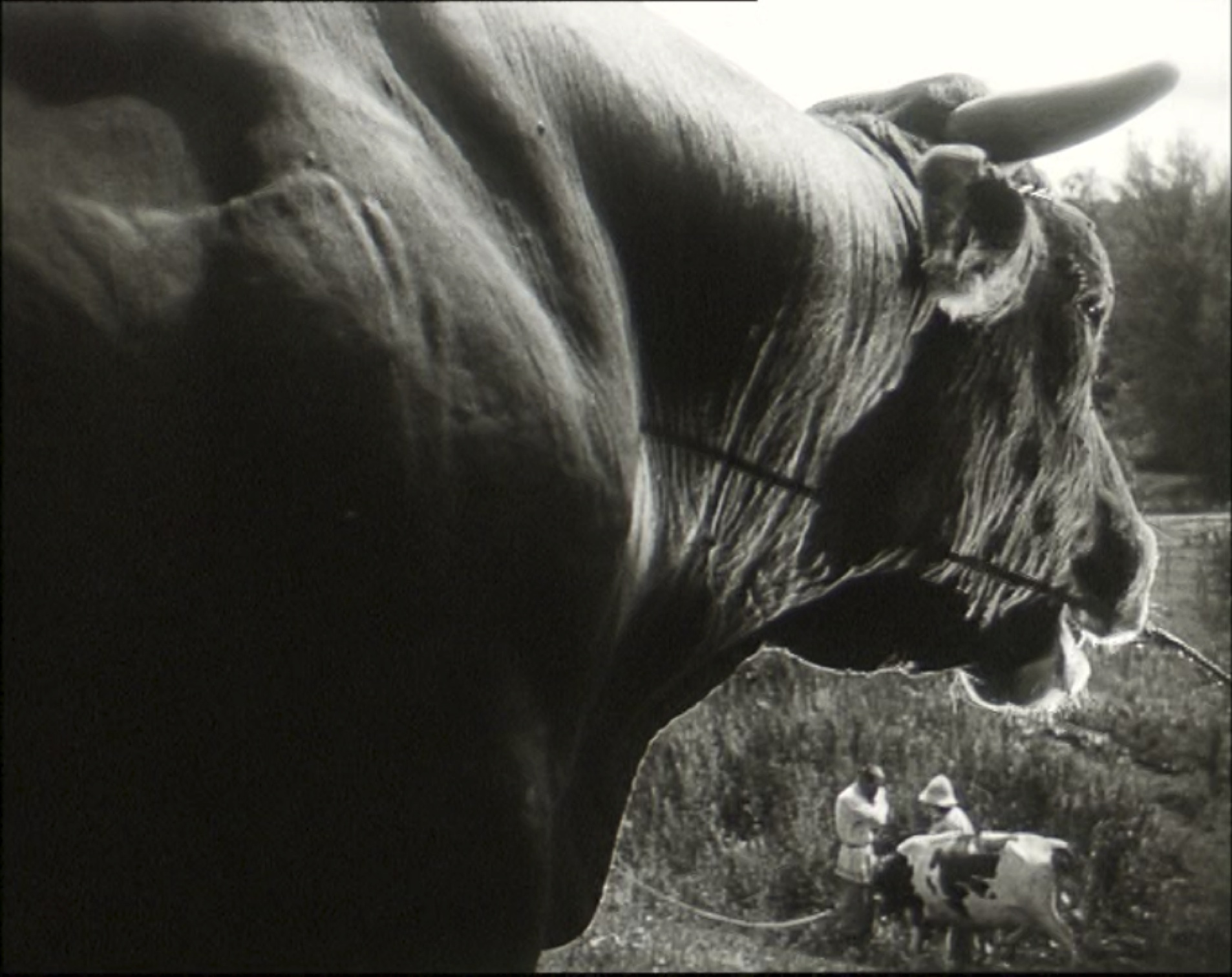Tuesday, October 29, 2013 at 7:30pm
Beyond the Shot, Behind the Scene: The Old and the New
155 Freeman Street, Brooklyn

A lecture by Devin Fore
Eisenstein’s paean to agricultural modernization The Old and the New (aka The General Line, 1929) remains the Soviet director’s least understood film. On the one hand, its renunciation of the wild experimental editing for which Eisenstein was famous didn’t win it the support of fans of the heroic avant-garde (Brakhage once dismissed the film as “very simple and stupidly straightforward”); on the other hand, its tendency to “cinematic excess” within the shot exceeded the ideological schematism of the propaganda film as a genre, making it useless to the Bolshevik state apparatus. In his own efforts to justify this hermetic and elusive film, Eisenstein drew attention to the particular historical interval at which revolutionary society found itself in the 1920s, a fluid and shifting point of transition somewhere between the old tsarist regime and a future society to come. The historical indeterminacy of the film’s subject matter is, moreover, echoed by the film’s technical construction, which is conspicuously difficult to situate within the history of the cinematic medium: The Old and the New is a montage film without cutting and splicing, a moving picture made of still images, and a talkie with no sound. Ultimately, the contradictory structure of The Old and the New confronts a question central to the philosophy of emergence: How is it possible for a radically new and unprecedented reality (here: post-revolutionary society) to come into being when the new reality must emerge from conditions already in existence? How, in other words, can a reality that transcends the present exhibit itself in the present? On this question, the philosopher George Herbert Mead made the following observation in the late 1920s: “The social character of the universe we find in the situation in which the novel event is in both the old order and the new which its advent heralds. Sociality is the capacity of being several things at once.” As we will see, this notion of sociality is at the heart of The Old and the New. - DF
Devin Fore is Associate Professor in the Department of German at Princeton University. He is an editor of October and the author of Realism after Modernism: The Rehumanization of Art and Literature.
FREE
Please note: seating is limited. First-come, first-served. Box office opens at 7pm.
If you'd like to watch The Old and the New before the talk, it can be viewed online here.
